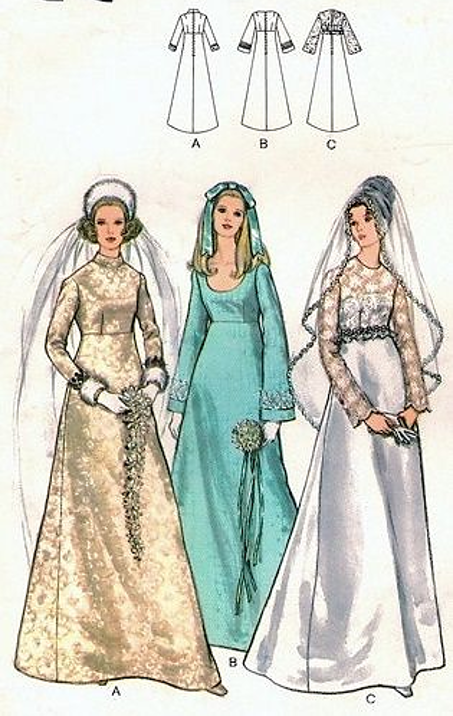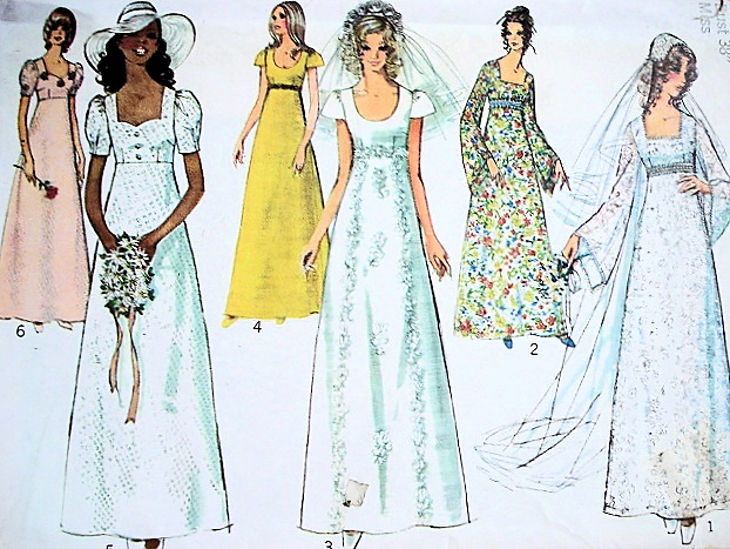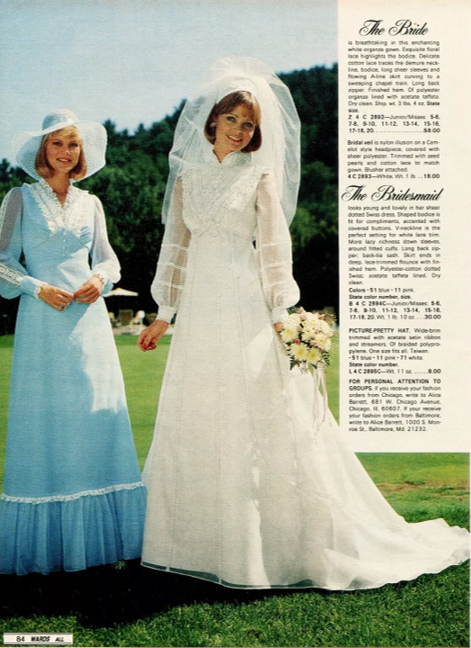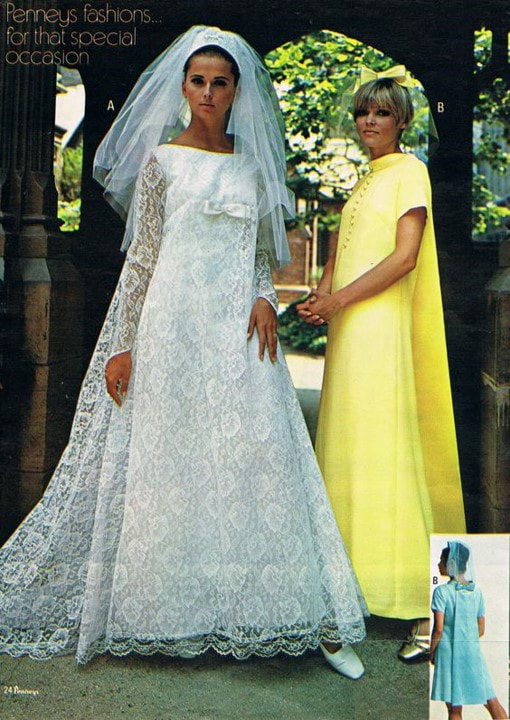While I, too, am a fan of the Netflix series, 'Bridgerton', I have always been a fan of the Regency style of fashion that that particular show embodies. With the current, wicked resurgence in popularity, absolutely because of the 'Bridgerton' series, the Regency style is back in vogue! Nothing wrong with that. I'm all for it.
The Regency period (c.1811-1820, but more broadly accepted as c.1795-1837) offered women a style of dress that, while still corseted and generously layered in various underpinnings, allowed more freedom of movement, thanks to the empire (properly pronounced 'ahm-peer', not 'umm-PIRE', like a baseball home plate referee) silhouette. The empire silhouette was originally meant to mimic the flowing robes of ancient Greece, with a high waist that began just under the bustline, and a long, full, flowing skirt. The fabrics could be as simple as muslin, linen, wool, or cotton, or more elegant and expensive fabrics like hand-painted, embellished, or embroidered silks, accented with beautiful laces, usually worn for eveningwear.
A more recent era, where that same empire styling was all the rage, was the later 1960's & the 1970's. Probably one of the reasons why I so love the 60's & 70's. Many of the gowns for sale on this website are from that era and they're absolutely beautiful, imho. :) Feel free to check-out those gowns' pages here and here.
As for bridalwear, the Regency look is the most forgiving of all gown silhouettes, since it snugs just under the bustline, then flows loosely. Because of this, it's the ideal gown for brides with below-the-bust imperfections (thicker waistlines, fuller abdomens). It's also an excellent gown choice for the maternity bride.
Because the onlookers' gaze is drawn upwards towards the brides' face, as it absolutely should be (!!), I consider an empire silhouette to be the most versatile, bride-friendly wedding gown choice.
The Regency period (c.1811-1820, but more broadly accepted as c.1795-1837) offered women a style of dress that, while still corseted and generously layered in various underpinnings, allowed more freedom of movement, thanks to the empire (properly pronounced 'ahm-peer', not 'umm-PIRE', like a baseball home plate referee) silhouette. The empire silhouette was originally meant to mimic the flowing robes of ancient Greece, with a high waist that began just under the bustline, and a long, full, flowing skirt. The fabrics could be as simple as muslin, linen, wool, or cotton, or more elegant and expensive fabrics like hand-painted, embellished, or embroidered silks, accented with beautiful laces, usually worn for eveningwear.
A more recent era, where that same empire styling was all the rage, was the later 1960's & the 1970's. Probably one of the reasons why I so love the 60's & 70's. Many of the gowns for sale on this website are from that era and they're absolutely beautiful, imho. :) Feel free to check-out those gowns' pages here and here.
As for bridalwear, the Regency look is the most forgiving of all gown silhouettes, since it snugs just under the bustline, then flows loosely. Because of this, it's the ideal gown for brides with below-the-bust imperfections (thicker waistlines, fuller abdomens). It's also an excellent gown choice for the maternity bride.
Because the onlookers' gaze is drawn upwards towards the brides' face, as it absolutely should be (!!), I consider an empire silhouette to be the most versatile, bride-friendly wedding gown choice.
Bridal fashions, like all fashions, come and go. They are cyclical. While many bridal companies want to sell you the newest, 'most fashionable & popular' designer wedding gown, I am of the belief that wearing a gown that is best suited to your particular physique & personality (and, partially, your theme/venue) is always the best choice. If that gown happens to be vintage, well then, even better!











 RSS Feed
RSS Feed